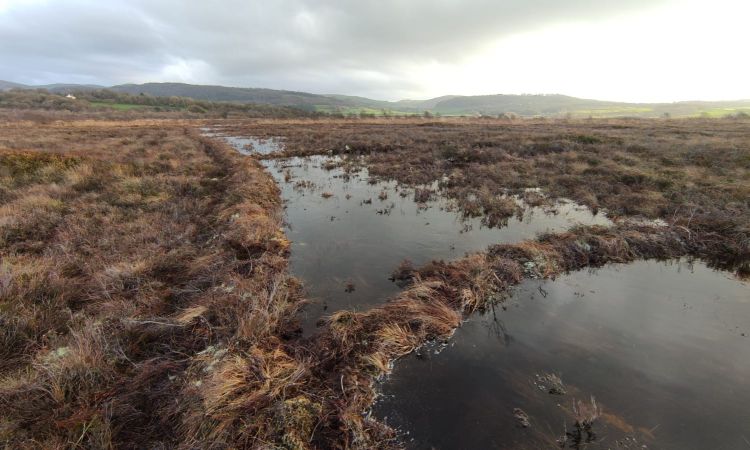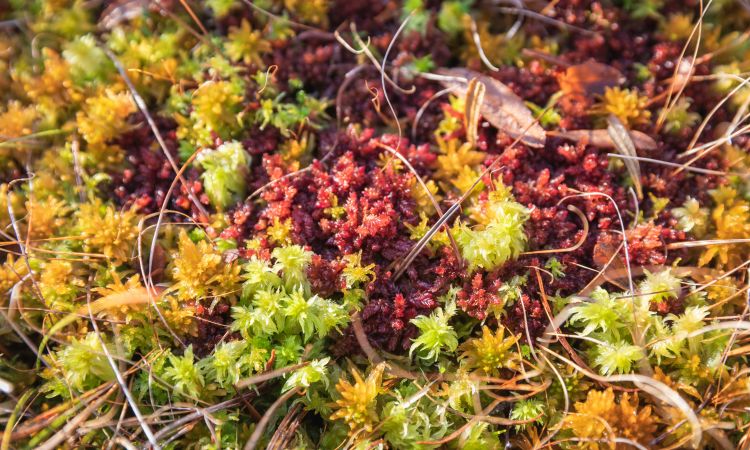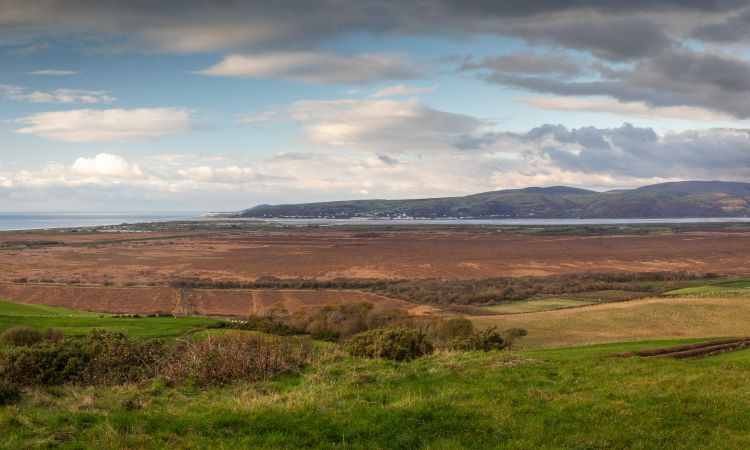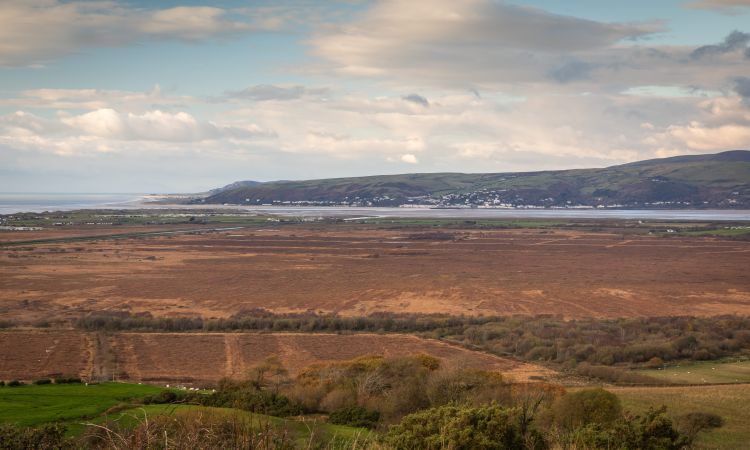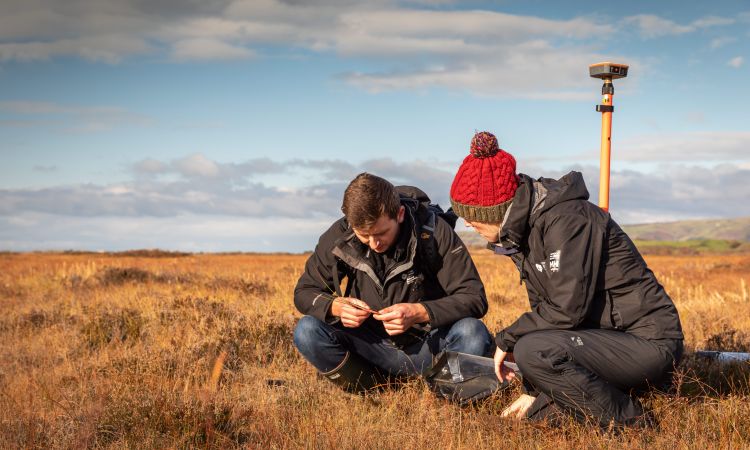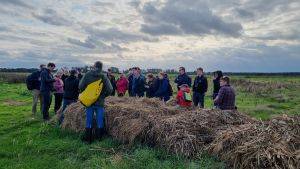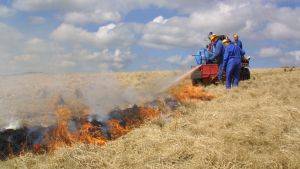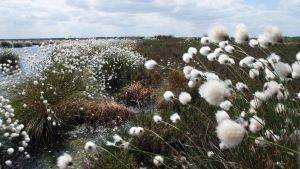Cors Fochno (New LIFE for Welsh Raised Bogs)
Introduction
The LIFE Welsh Raised Bogs project will help seven of the most important raised bogs in Wales become even better places for wildlife.
What’s special about raised bogs?
Raised bogs might look barren, but did you know they are great for the
environment, wildlife and people? They:
• give a home to rare plants and wildlife
• store carbon from the atmosphere
• store and purify water
• give a fascinating insight into our environmental history
• offer great places to visit and enjoy nature at its best.
Cors Fochno is one of the largest bogs in the project. Restoration work will also take place at Cors Caron National Nature Reserve (NNR) and bogs near Trawsfynydd, Fishguard, Crosshands, Crickhowell and Builth Wells.
This work has been funded by an EU LIFE programme grant and Natural Resources Wales, with support from Welsh Government and the Snowdonia National Park Authority. (LIFE16 NAT/UK/000646).
Description
Cors Fochno is one of the largest actively growing raised bogs in the lowlands of Britain – with peat up to 8 metres deep. The bog’s surface is covered by a tapestry of gold and red sphagnum mosses (see images).
Project Aims
Restoration work taking place here will:
• improve the conditions of the peatland
• remove invasive species and scrub
• introduce light grazing
- all in partnership with local communities, landowners and contractors.
Restoration Delivered
Work has been ongoing since September 2020 to restore more natural water levels at Cors Fochno by creating peat bunds (see images). The peat bunds, or low-level banks of peat as they are also called, are approximately 25cm high and follow the natural contours of the raised bogs domes. The bunds are designed to slow the loss of water in the upper layer of the raised peat dome, holding the natural water level on the bog for longer. A few months after starting the work, there is already encouraging signs that a more natural water level is starting to form.
The site has suffered from drainage and peat cutting in the past, and this has affected the water table level so that it is below what it should be for a healthy raised bog – particularly in summer. Restoring natural water levels on raised bogs will ensure they stay wetter for longer, helping to create areas where important sphagnum (bog moss) can establish and thrive.
Sphagnum moss is the habitat engineer of raised bogs with its amazing ability to hold onto water and resist decay, its partly decayed remains forms dark brown peat soil. A diversity of sphagnum types is a sign of a healthy bog, and the peat it creates naturally absorbs and stores tonnes of carbon from the atmosphere, helping in the fight against climate change.
In September over 12,875 metres (8 miles) of peat bunds were created on Cors Fochno. The long-term objective with this method is to stabilise the water levels within 5cm of the bog surface for 95% of the time, the other 5% of the time water levels should not drop below 30cm of the bog surface. By creating these bunds the bog habitat will benefit and be returned to good condition helping to create new peat and lock in more carbon.
{"zoom":13,"lat":52.515203,"lon":-4.053945,"markers":{"0":{"lat":52.503710382,"lon":-4.022187645}}}
Project Name: Cors Fochno (New LIFE for Welsh Raised Bogs)
Organisation / Lead partner: Natural Resources Wales
Location: Borth, Ceredigion
Approximate area covered: 600 ha
Conservation Status: Site of Special Scientific Interest (SSSI), Special Area of Conservation (SAC), RAMSAR site, National Nature Reserves(NNR)
Predominately: Lowland
Peat Habitats: Lowland raised bog
Project Type: Restoration, Management, Research, Communications, Citizen science/ community engagement.
Year Project Began: 2017
Project End Date: 2023






